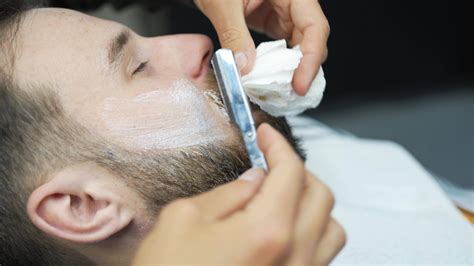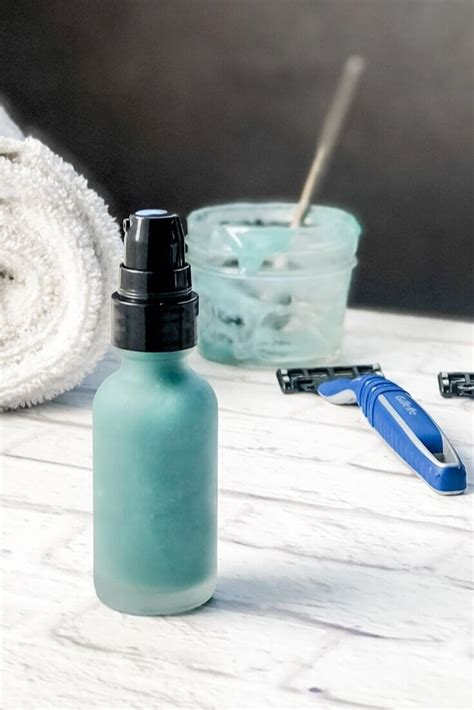How to combat razor burn for a flawless, professional daily shave?

Understanding and Preventing Razor Burn
Razor burn is a common, irritating skin condition that often occurs after shaving, characterized by redness, tenderness, bumps, and sometimes itching. It’s caused by a combination of factors, including dull blades, dry shaving, incorrect technique, and sensitive skin. For those striving for a professional, flawless daily shave, understanding how to prevent and treat razor burn is paramount.

Pre-Shave Preparation: The Foundation of a Smooth Shave
The secret to avoiding razor burn often begins even before the blade touches your skin. Proper preparation softens your hair and opens pores, creating an optimal surface for shaving.
- Warm Water Rinse or Shower: Start by washing your face with warm water or taking a hot shower. The steam and warmth will soften your facial hair and open up your pores, making the hair easier to cut and reducing drag.
- Gentle Exfoliation: Consider gently exfoliating your skin 1-2 times a week. This removes dead skin cells that can clog pores and trap hairs, leading to ingrown hairs and razor bumps.
- Apply Pre-Shave Oil: A quality pre-shave oil creates a protective barrier between your skin and the razor, providing extra lubrication and further softening stubborn hairs.
- Choose the Right Shaving Cream/Gel: Opt for a rich, moisturizing shaving cream or gel that creates a thick lather. Avoid harsh soaps that can dry out your skin. Apply it generously and let it sit for a minute or two to further soften the beard.

Mastering Your Shaving Technique
How you wield your razor has a significant impact on preventing irritation. Precision and care are more effective than speed and pressure.
- Use a Sharp Blade: This is non-negotiable. A dull blade tugs at hair, irritates the skin, and increases the likelihood of nicks and razor burn. Replace disposable razors frequently (every 5-7 shaves) or cartridge blades as soon as you feel any tugging.
- Shave with the Grain: Always shave in the direction your hair grows first. This minimizes irritation. For a closer shave, you can re-lather and make a second pass across the grain, but never against the grain if you’re prone to razor burn.
- Light Pressure, Short Strokes: Let the weight of the razor do the work. Pressing too hard is a primary cause of razor burn. Use short, controlled strokes and rinse your blade frequently under warm water to clear away hair and cream buildup.
- Rinse Your Face Frequently: Periodically splash your face with warm water during your shave to keep the skin hydrated and the remaining lather workable.

Post-Shave Care: Soothe and Protect
Once your shave is complete, the job isn’t over. Post-shave care is crucial for calming the skin and preventing irritation.
- Rinse with Cold Water: Splash your face with cold water to close pores and soothe the skin, reducing redness and inflammation.
- Apply an Alcohol-Free Aftershave Balm: Avoid aftershaves with high alcohol content, which can dry out and irritate freshly shaved skin. Instead, opt for a soothing, alcohol-free balm or lotion containing ingredients like aloe vera, witch hazel, or chamomile, known for their anti-inflammatory properties.
- Moisturize: Even if your aftershave balm is moisturizing, a light, non-comedogenic facial moisturizer can provide an extra layer of hydration and protection, especially if you have dry skin.

Long-Term Prevention and Maintenance
Consistency in your grooming routine is key to long-term razor burn prevention.
- Store Your Razor Properly: After each shave, rinse your razor thoroughly and allow it to air dry in an upright position to prevent bacterial growth and blade dulling.
- Hydration and Diet: Maintaining good overall skin health through hydration and a balanced diet can also contribute to more resilient skin, less prone to irritation.
- Consider Your Tools: If razor burn persists, you might consider switching to a safety razor, an electric shaver, or even a straight razor (with proper training) as they offer different shaving experiences that might be more suitable for your skin type.

Conclusion
Achieving a flawless, professional daily shave free from razor burn is entirely within reach with a thoughtful and consistent approach. By prioritizing pre-shave preparation, refining your shaving technique, and committing to a calming post-shave routine, you can transform your daily shave from a source of irritation into a refreshing ritual, leaving you with smooth, healthy-looking skin every time.








